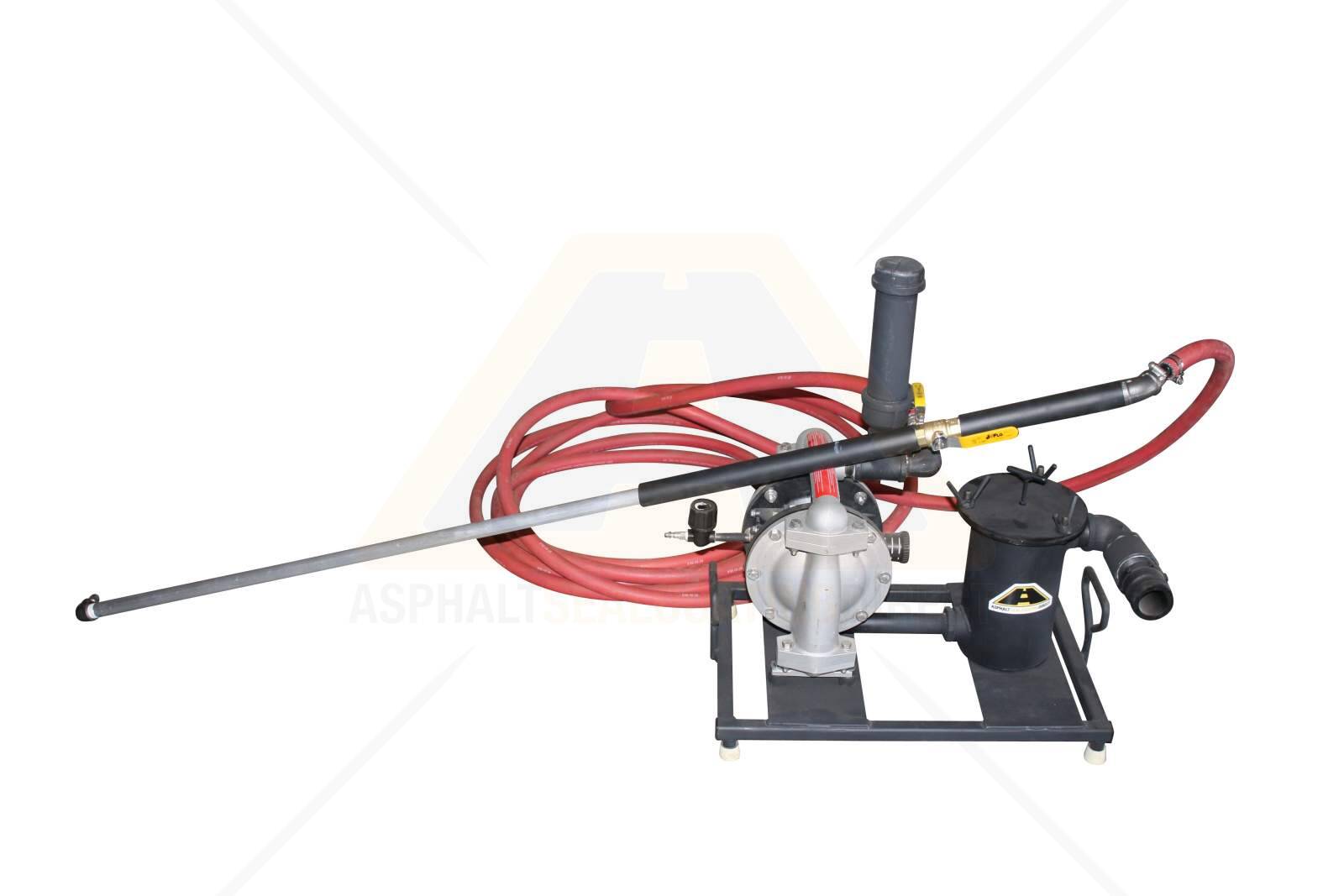Raise Commercial Charm: Warm Mix Asphalt Sealing for Angled Parking Lots
Raise Commercial Charm: Warm Mix Asphalt Sealing for Angled Parking Lots
Blog Article
Hot Mix Asphalt: A Sustainable Remedy for Pavement
Warm Mix Asphalt (HMA) has actually arised as a leading lasting choice for pavement services, offering a myriad of ingenious modern technologies and environmental benefits. As the need for environment-friendly construction methods grows, exploring the nuances of HMA's sustainability can offer useful understandings into the future of pavement services.
Environmental Benefits of Warm Mix Asphalt

In Addition, Warm Mix Asphalt helps to mitigate urban warmth island impacts. Its dark shade absorbs sunshine, minimizing the amount of warmth mirrored back into the environment compared to lighter-colored sidewalks. This can lower ambient temperature levels in urban areas, lowering the demand for air conditioning and inevitably lowering energy usage.
On top of that, Hot Mix Asphalt adds to improved stormwater management. Its permeable nature permits water to recharge and infiltrate the pavement groundwater supplies, minimizing drainage and the threat of flooding. These environmental advantages make Hot Mix Asphalt a sustainable choice for leading roadways and freeways.
Power Efficiency in HMA Production
Is energy effectiveness a crucial factor in the production of Hot Mix Asphalt (HMA)? Power plays a substantial function in the production of HMA, affecting both expense and ecological sustainability. One vital aspect of power performance in HMA manufacturing is the usage of warm mix asphalt (WMA) modern technologies.
Additionally, improvements in plant innovations have actually led to more energy-efficient HMA manufacturing procedures. By maximizing energy use in HMA production, the sector can lower its carbon footprint while preserving premium pavement materials.
Recyclability of Hot Mix Asphalt
The recyclability of Hot Mix Asphalt (HMA) is a pivotal facet of its sustainability and lasting ecological effect. HMA is among the most recycled materials in the United States, with over 100 million loads of redeemed asphalt pavement (RAP) being recycled yearly in brand-new pavement building and construction. Reusing HMA offers a number of environmental advantages, such as minimizing the demand for virgin products, lowering power intake throughout manufacturing, and lowering the amount of waste sent to garbage dumps.
The procedure of reusing HMA includes crushing the existing pavement, squashing it right into smaller pieces, and mixing it with new aggregate and asphalt binder to produce a recycled mix. On the whole, the recyclability of HMA plays a significant duty in promoting lasting techniques within the sidewalk market.

Long-Term Performance of HMA
Asphalt pavements demonstrate durability and durability over an extended duration, mirroring the long-lasting efficiency of Warm Mix Asphalt (HMA) great site The long life of HMA can be credited to its ability to hold up against rush hour loads, severe weather, and the results of aging. Research studies have revealed that well-designed and correctly constructed HMA pavements can last for 20 years or even more with routine maintenance. The key to making best use of the long-term performance of HMA exists in utilizing premium materials, following finest methods in building and construction, and applying reliable maintenance approaches. Correct drain, routine assessments, and timely repair services are vital for preserving the architectural integrity of HMA sidewalks over time. Additionally, innovations in HMA innovation, such as making use of polymer-modified binders and cozy mix asphalt, have actually even more improved the sturdiness and durability of HMA pavements. By prioritizing top quality building and maintenance techniques, HMA continues to confirm itself as a cost-efficient and sustainable solution for lasting sidewalk infrastructure.

HMA: Sturdiness and Sustainability
Showing both resilience and sustainability, Hot Mix Asphalt (HMA) has actually come to be a cornerstone in the building of long-lasting sidewalk frameworks - angled parking. HMA's longevity stems from its ability to withstand heavy lots, severe weather condition problems, and high website traffic quantities, making it a trusted choice for Discover More Here roadways, freeways, and airport terminal paths. The structure of HMA, which normally includes aggregates, binder, and filler, plays a vital role in boosting its long life and resistance to tear and put on
Additionally, HMA's sustainability depends on its recyclability and energy-efficient production process. The capacity to recycle reclaimed asphalt sidewalk (RAP) in brand-new HMA mixes lowers the demand for virgin products and decreases the environmental effect of sidewalk construction and upkeep. Furthermore, the power performance of producing HMA depends on its reduced blending temperatures contrasted to other sidewalk products, causing minimized power consumption and greenhouse gas emissions.
Verdict
In verdict, hot mix asphalt (HMA) provides a lasting remedy for pavement with its environmentally pleasant attributes. HMA's recyclability, energy performance in production, and long-lasting durability make it a green option he said for roadway construction.
HMA is one of the most recycled products in the United States, with over 100 million loads of reclaimed asphalt sidewalk (RAP) being recycled each year in new pavement building.The procedure of reusing HMA entails milling the existing pavement, squashing it right into smaller items, and mixing it with new aggregate and asphalt binder to create a recycled mix.Asphalt sidewalks show durability and resilience over an extended duration, reflecting the long-term efficiency of Warm Mix Asphalt (HMA) Additionally, improvements in HMA technology, such as the usage of polymer-modified binders and cozy mix asphalt, have actually further improved the longevity and longevity of HMA pavements. The capability to recycle redeemed asphalt sidewalk (RAP) in new HMA mixes decreases the demand for virgin products and decreases the environmental influence of pavement building and upkeep.
Report this page